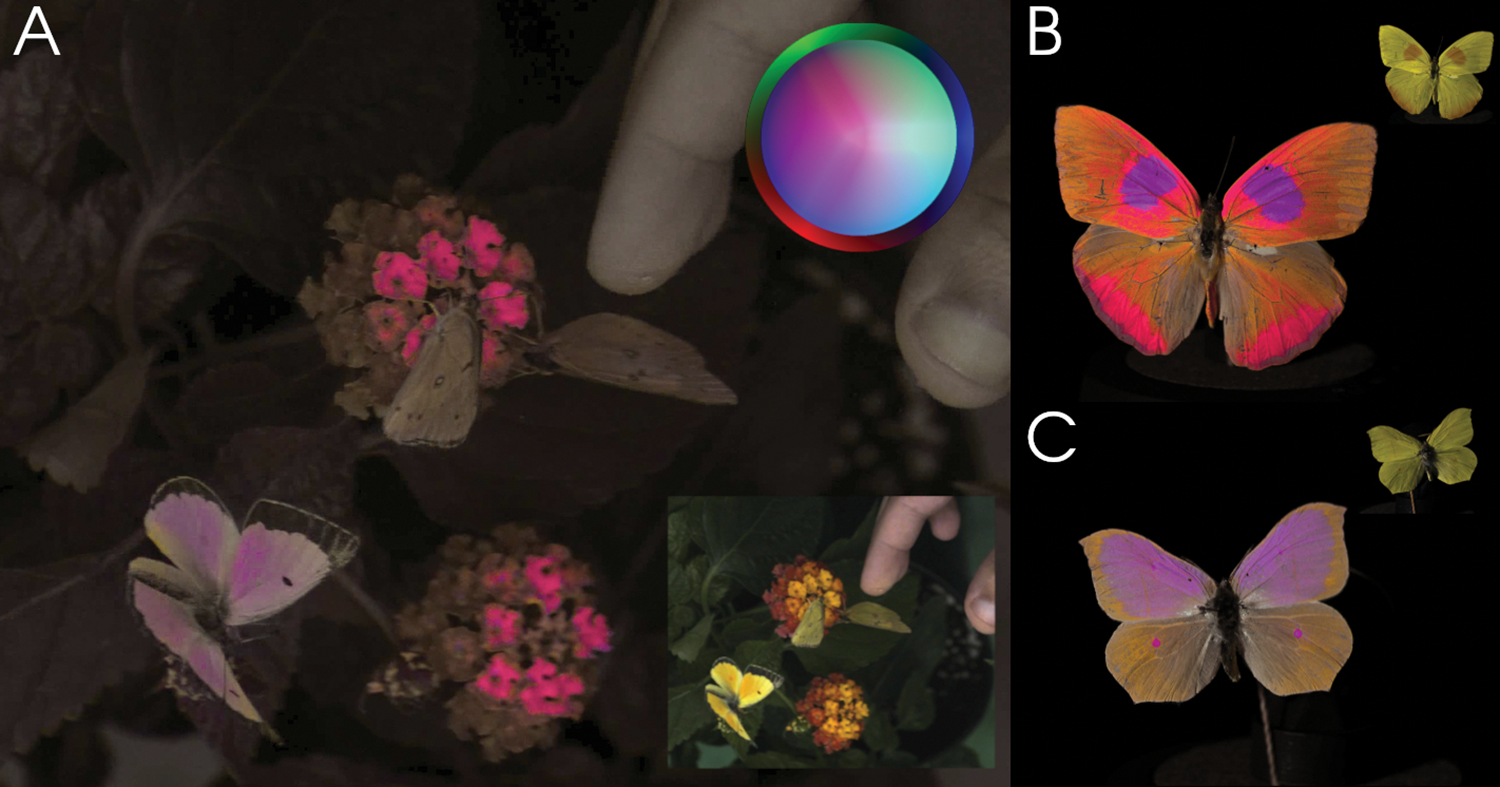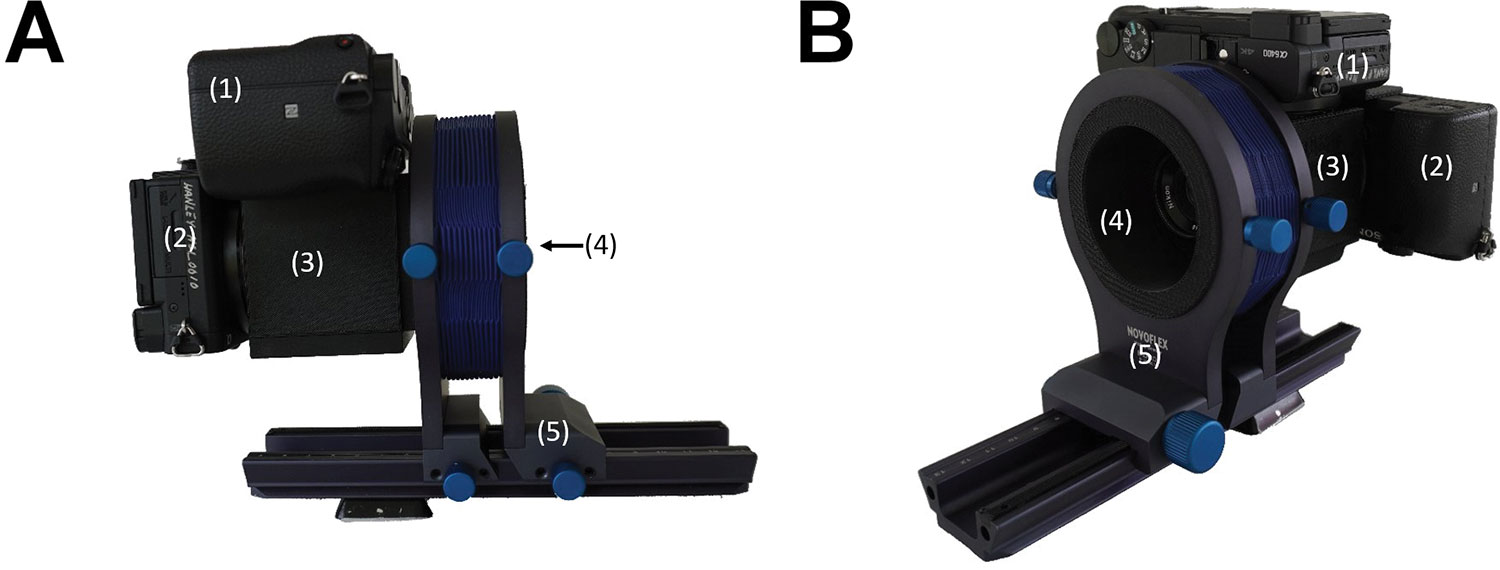
How animals see the world is a question that has intrigued scientists and wildlife experts throughout the development of modern science.
Researchers from the Hanley Color Lab at George Mason University, Virginia, have developed a new camera system based on an APS-C Sony camera that makes it possible for humans to see colors in the way animals do.
This new technology could give us a new and unique perspective on the natural world.
Each species of animal possesses a unique set of photoreceptors, specialized light-detecting cells on the retinas, and the number and type of these cells varies widely among species.
Humans have three types of cone cells in the eyes that are sensitive to red, green and blue light, but many animals have additional types that enable them to perceive colors beyond our spectrum.
Senses such as ultraviolet vision, extra color receptors, and echolocation all help to make animals experts at survival. Birds, for example, often have vastly superior color vision over humans. They possess tetrachromatic vision, and the ability to see ultraviolet light. Similarly dragonflies have exceptional vision, with a hunting success rate of 95%, compared to 15% for lions.
The camera system (pictured below) is built from commercially available parts and cameras, namely a Sony A6400 fixed in a 3D-printed housing created using a Prusa i3 MKS+.
Led by Vera Vasas, the researchers used a single camera lens, (80 mm f/5.6 EL-Nikkor enlarger lens), but also provided designs to accommodate a trio of different commercially available lenses (80 mm f/5.6, 135 mm f/5.6, or 210 mm f/5.6 Nikon lenses from the EL-Nikkor Enlarging lenses series).
"Light that transmits through the lens is passed to a dichroic beam splitter (DMLP425R, Thorlabs), placed at a 45° angle relative to the beam path," explains the paper, published in the PLoS Biology journal (hat tip to Earth.com).

"This beam splitter reflects short wavelength light (<425 nm), which, after passing through a shortpass filter (FF01-390/25, Semrock) that only transmits short wavelength light (<390 nm), reaches a full-spectrum camera (UV camera)."
Understanding these secrets of the animal kingdom is essential for studying animal behaviour and ecology. False color imaging has provided some information about how certain animals see, but it comes with significant drawbacks – making it difficult for scientists and wildlife filmmakers to accurately represent animal vision and behavior.
This cutting-edge camera with its software system is capable of recording and processing videos under natural lighting conditions, meaning we can now see what animals see in real time.
"Our system records in four color channels: blue, green, red, and UV,” explains Vasas. "It then converts this data into ‘perceptual units’ – essentially translating it into a format that replicates animal vision based on known photoreceptor data."
With over 92% accuracy in predicting the colors that animals perceive, this new device is both innovative and accurate.
Wildlife filmmakers will now be able to represent animal vision, enabling viewers to see how bees follow ultraviolet light patterns on flowers to find nectar or how dogs struggle to see diverse colors.
"This technology bridges the gap between human and animal perception," continues Vasas. "It allows us to not only study animals more effectively but also to educate and inspire people by showing them a world they’ve never seen before.
"Understanding how animals see the world helps us make better decisions about conservation and habitat management,” notes Vasas. “It can inform how we design buildings, roads, and even lighting to minimize negative impacts on wildlife."
Interested in wildlife? Take a look at our guides to the best cinema cameras, the best cameras for wildlife photography, and the best trail cameras.







